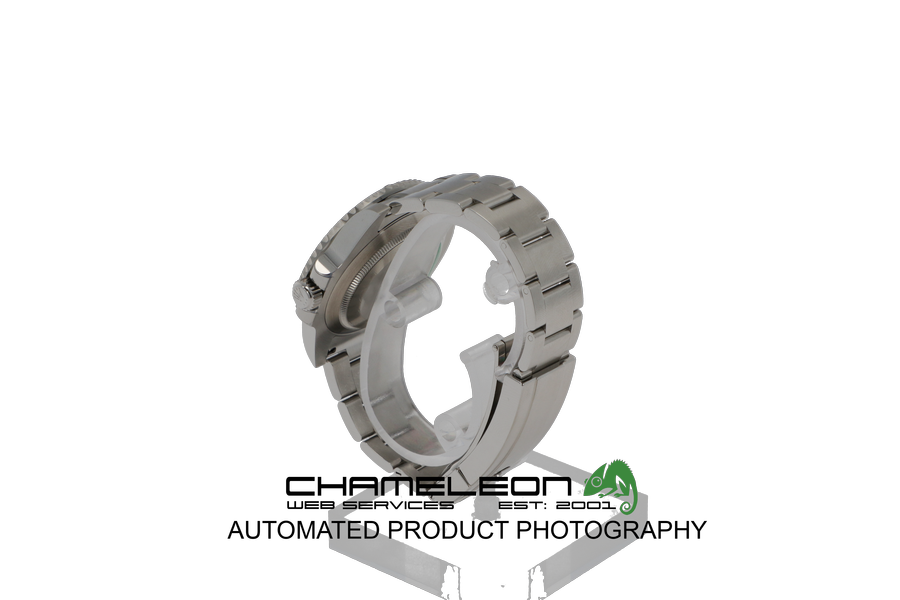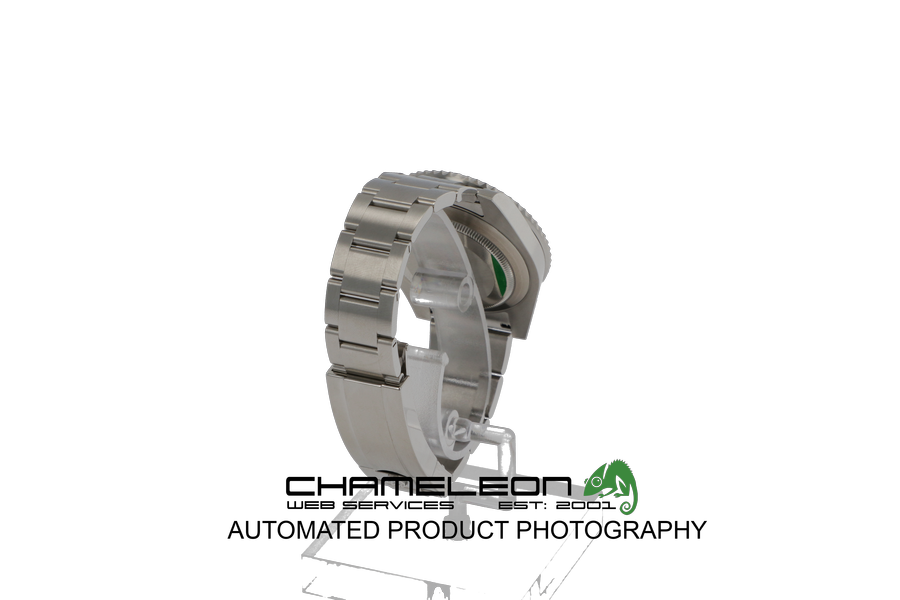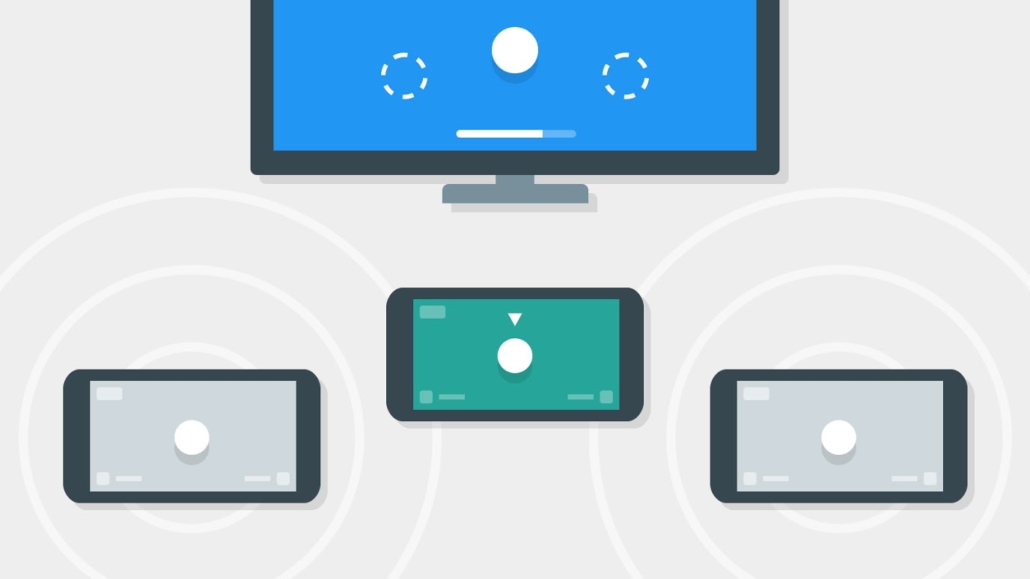Rolex Watch Photography 360 Spins
Rolex Watch Photography 360 Spins for Product Packshot Photography to be used with eCommerce, Amazon and Ebay.
Our photography studio can photograph and produce images and 360 spins.





Rolex Watch Photography 360 Spins for Product Packshot Photography to be used with eCommerce, Amazon and Ebay.
Our photography studio can photograph and produce images and 360 spins.





Product photography 360 spin video example for eCommerce, Amazon and Ebay.
This is a test video as we set up the new state of the art Product Photography studio in Birmingham, West Midlands, UK
If you are a Product photographer click here

Google made an official announcement to shut down Google Nearby December 6, 2018 after many have invested in beacon technology. This means that Google will stop delivering both Eddystone and Physical Web beacon notifications. This is due to the fact that it fell victim to spammers.
This another area of Google that is being closed the same as Inbox, Google+, YouTube Gaming.
So what was Google Nearby, it was a solution to send silent notifications to phones without the need of an APP. And this is was something great on paper, however, with so many marketers trying to use this technology, it became a spam issue for users.
To make it clear on Android and Apple devices you need an APP on a phone to send notifications. So this means to provide marketing messages you need the user to download an APP.
The Google Nearby allowed passive alerts, not showing on the lock screen and not able to trigger a vibration alert for example.
Google’s Eddystone protocol was the key to implementing proximity marketing campaigns without the need for an app. It was a great decision at the time by Google to take on Apple in the beacon battle-space and they released Eddystone in 2016. The Eddystone protocol is an open communication protocol that can broadcast a URL that can be received on Bluetooth-enabled smartphone whether they have an app installed or not. It uses services on the device such as Nearby Notifications, Samsung CloseBy or Physical Web compatible apps scan for and displays these Eddystone URLs after passing them through a proxy. For this to work the Bluetooth Beacons must transmit the Eddystone UID frames, they must transmit the Eddystone URL and they the Eddystone URL must be in HTTPS format.
Once released the Eddystone usage, development and adoption since 2016 has been amazing. According to the Proxbook Q1 2016 report, the gap between Apple’s iBeacon and Eddystone is fast closing with 45% of leading proximity marketing companies supporting Eddystone as of Q1 2016, up from 25% in Q3 2015.
So what does the future have for us in store and will businesses be able to reach out to consumers without spamming them?
https://developers.google.com/nearby/
If you are involved in web development then you should be aware of the AMP Project. This is an open-source initiative project which is aiming to make the web better for all by changing the way websites are constructed to make them fast for mobile devices.
The project enables the creation of websites and ads that are consistently fast, beautiful and high-performing across devices and distribution platforms.
Higher Performance and Engagement with web pages and ads published in the AMP open-source format load near instantly, giving users a smooth, more engaging experience on mobile and desktop. Flexibility and Results for publishers and advertisers can decide how to present their content and what technology vendors to use, all while maintaining and improving key performance indicators. This is a collaborative effort and AMP is built thanks to a deep collaboration with thousands of developers, publishers and websites, distribution platforms and tech companies. More than 1.5B AMP pages have been published to date and 100+ leading analytics, ad tech and CMS providers support the AMP format.
AMP helps the Washington Post increase returning users from mobile search by 23%. With nearly 55% of their traffic coming from mobile devices, The Washington Post knows that providing a great reading experience on mobile devices is critical to their long-term success. In particular, The Post is focused on making their mobile content load as quickly as possible, because data shows that people abandon websites after just three seconds if the content doesn’t load quickly.
In June 2015, The Washington Post joined a group of publishers and technology companies to create the Accelerated Mobile Pages Project, a new open standard for publishing content which loads instantly, anywhere across the mobile web.
The Post publishes over 1,000 articles in AMP every day, and they’re already seeing concrete benefits. “We have seen load times average 400 milliseconds, an 88% improvement over our traditional mobile website. This has made readers more likely to tap on Washington Post stories because they know our articles will load consistently fast.”
AMP has been great for retention as well. Traditionally 51% of mobile search users return to The Washington Post within 7 days. For users who read stories published in AMP, this number jumps to 63%.
Read the study for more information – CLICK HERE Washington Post AMP Study



This website uses cookies so that we can provide you with the best user experience possible. Cookie information is stored in your browser and performs functions such as recognising you when you return to our website and helping our team to understand which sections of the website you find most interesting and useful.
More information about our Privacy Policy
This website uses Cookies for Personalized Ads following Google's Policies.
Strictly Necessary Cookie should be enabled at all times so that we can save your preferences for cookie settings.
If you disable this cookie, we will not be able to save your preferences. This means that every time you visit this website you will need to enable or disable cookies again.
More information about our Cookie Policy

